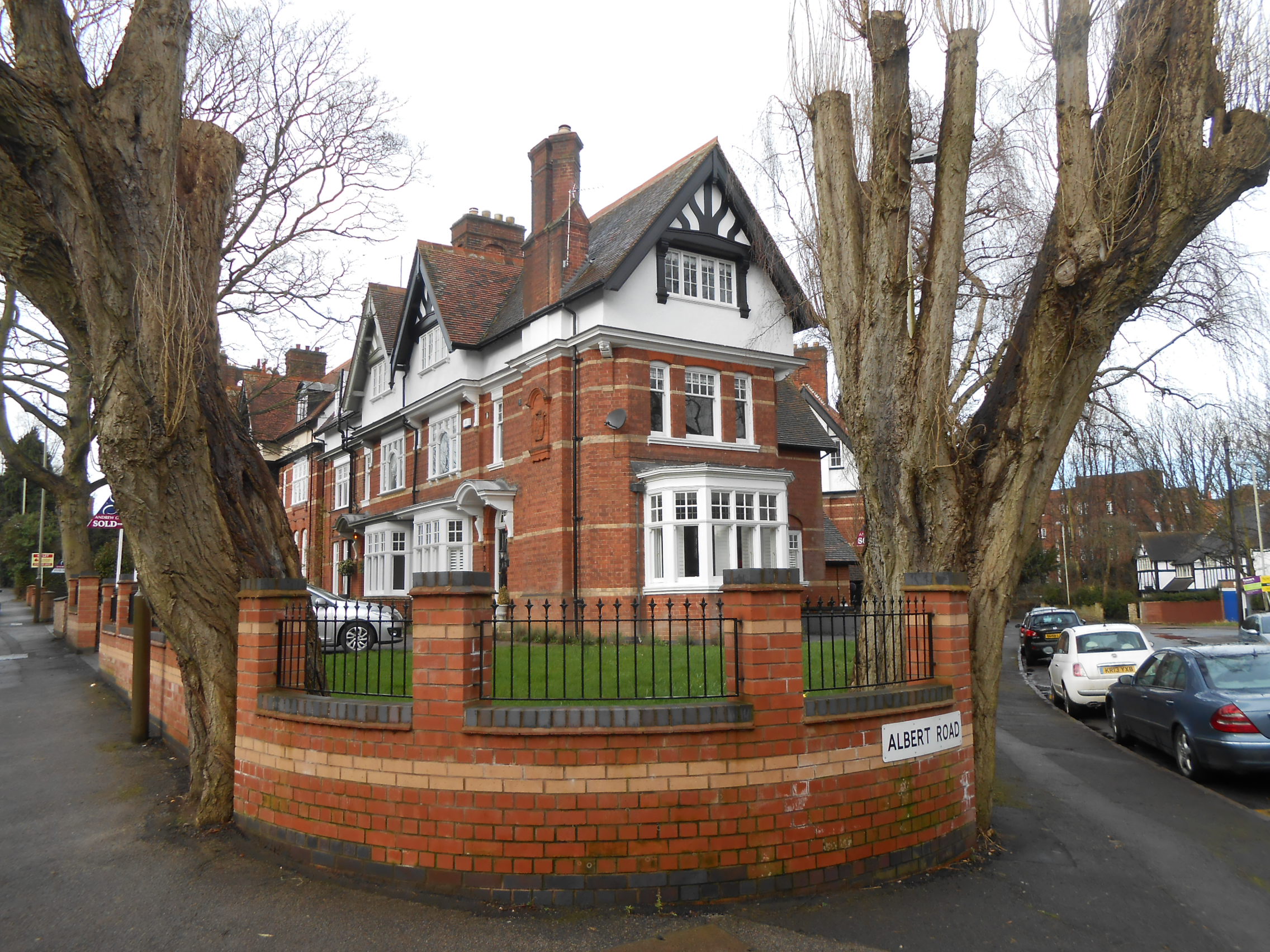


15 Jan 2015
.
December 2014 saw a sluggish trend in new buyer demand and a tail-off in house price growth. However, stamp duty reforms are still expected to support market activity according to our latest UK Residential Market Survey.
The number of potential new house buyers dipped for the sixth consecutive month in December and price growth fell to its slowest pace since May 2013.
Across the UK, 10% more surveyors saw the number of potential new buyers decrease in December 2014. London saw the weakest demand, with 45% more surveyors reporting a decline in enquiries – the eighth consecutive monthly decline. The North of England and the South West saw strong rebounds in demand, albeit the underlying picture remains most upbeat in Northern Ireland and Scotland.
Despite the slowdown, there is optimism that the stamp duty reforms will deliver a 2-5% boost in both sales and prices over the next 12 months, despite members in London expecting sales to decrease by between 5-10% and prices to decrease by 2-5%, with larger properties and/or those in prime areas expected to see the biggest price decreases.
Nationally, as a result of the weaker trend in buyer interest, sales expectations slipped to a net balance of 21% (down from 27% in November) and just 11% more surveyors saw prices rise in December, rather than fall. The volume of agreed sales during December was little changed, while the average number of sales per chartered surveyor slipped to 19 (compared to 21.2 in the preceding December).
In the month that also saw mortgage approvals fall to their lowest in 18 months, December’s data showed that perceived Loan to Value (LtV) ratios across properties for first-time buyers and existing home owners remained stable at 84.9% and 77.6%, although they are lower compared with the early part of 2014 following the adoption of a more cautious approach to lending as a result of the introduction of the recommendations of the Mortgage Market Review.
Our analysis
The changes to stamp duty are expected to provide a timely boost to activity in the housing market across most of the country but there remain significant challenges particularly for first time buyers seeking to take an initial step onto the property ladder.
Critically, the stock of property on the market continues to hover close to historic lows with new instructions to agents falling in ten of the last twelve months. Indeed, there is a risk that with so little housing available any pick-up in demand could rapidly feed through into higher prices rather higher sales.
The RICS lead indicators do provide some encouragement that the level of housebuilding will continue to increase over the course of this year but even with further growth, the volume of home starts will still fall well short of the number of new household being formed let alone making a dent in the historic shortfall of housing across all tenures.
The flatter trend in the market is partly a reflection of potential buyers becoming a little more cautious about making a purchase as more stringent lending criteria has made it harder to access mortgage finance. An increasing awareness of the approaching general election also appears to be contributing to the softer market if the responses to the latest survey are anything to go by. However, with new instructions still flat at a headline level as has been the case for most of the last year it seems implausible that the dip in demand will result in very much of a decline in house prices.
Meanwhile, demand to rent property is growing as the sales market slows and this, coupled with a drop in supply of new stock to let, is helping to underpin the rental outlook for landlords pretty much across the whole of the country.